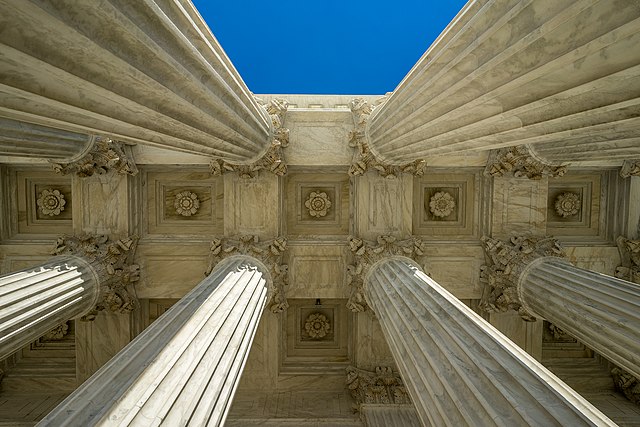The Maryland Supreme Court is set to posthumously admit lawyer Edward Garrison Draper over a century after his death at the age of 24.
First reported by Bloomberg Law, the state’s Supreme Court will admit Draper in a special session located in Annapolis on Oct. 26. The new move to honor Draper with the title comes after Texan attorney Hon. John G. Browning submitted a petition to get Draper barred in March. The lawyer first drew attention to Draper’s story with the publishing of his article “To Fight The Battle, First You Need Warriors.”
The act also comes 166 years after Draper was first denied admission by a Baltimore judge who deemed that, although he was qualified, a statute limiting the profession to only white citizens prevented him from becoming barred.
Following his denial of the title, Draper left the state to move to Liberia in Nov. 1957 to practice. A year after he had made the move to the country, Draper passed away at the age of 24 of tuberculosis.
If Draper had been admitted in 1857 when he first applied, he would’ve been considered the first Black lawyer in Maryland.
“When people think about pioneering early Black lawyers, we tend to think about Thurgood Marshall, but there were pioneers long before that,” said the lawyer who led the petition for Draper’s bar, John Browning, per Bloomberg Law. “The story of Black lawyers in Maryland began with Edward Garrison Draper.”
Throughout the decades, Maryland has been home to a number of notable lawyers.
In 1889, lawyer Harry S. Cummings became the first Black American man to graduate from the University of Maryland School of Law. At the age of 24, he became a Councilman of Baltimore City, breaking barriers as the first Black American man to serve in the role. In 1933, prominent civil rights attorney and former Associate Justice of the Supreme Court Thurgood Marshall passed the bar examination in Maryland after graduating from the Howard University School of Law.
As part of his career, Marshall took part in notable cases such as Murray v. Maryland (1936), Missouri ex rel Gaines v. Canada (1938) and McLaurin v. Oklahoma Board of Regents of Higher Education (1950).
In 1954, Marshall also took part in the milestone case of Brown v. Board of Education. As head of the NAACP Legal Defense and Education Fund, he was the chief attorney for the plaintiffs.
The result of the cases successfully established that racial segregation in public schools violated the Constitution. The decision would go on to empower others, marking the beginning of the modern Civil Rights Movement.








